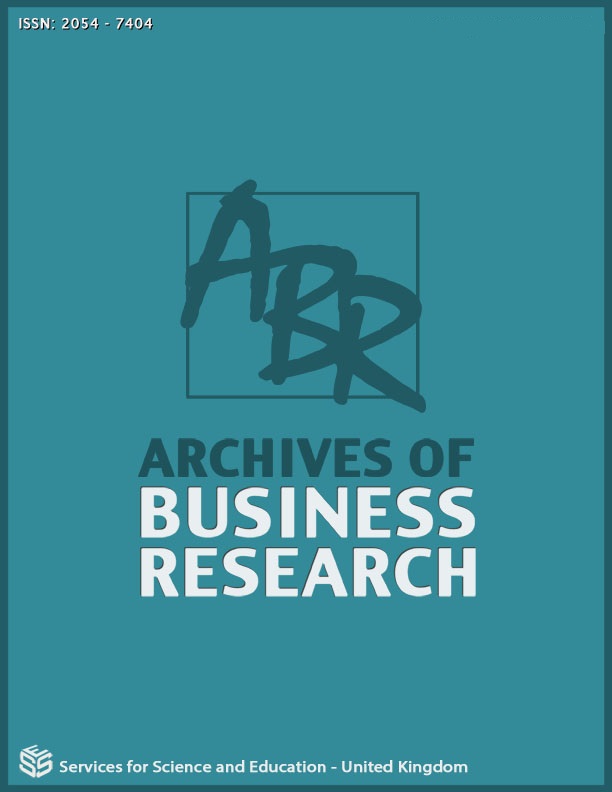Personal Information Privacy: Some Findings on Gender Difference
DOI:
https://doi.org/10.14738/abr.97.10549Keywords:
Privacy; personal information; gender; law enforcement; Pew researchAbstract
The implementation of effective cybersecurity by organizations is a prerequisite to privacy protection for personal information collected, used, stored, and shared online. The trend for the potential of online privacy breaches has been moving upward with our daily reliance on the Internet and cloud computing. While online, individuals may choose to use a credit card to complete a transaction, access email, access social media sites, and store pictures through a cloud storage. In some cases, law enforcement agencies may access and use personal information stored online. Do individuals approve of the usage of their personal information by these agencies to solve crimes? Do demographic characteristics such a gender, education, and age provide a reliable set of predictors for the probability of approval? Do females and males differ with respect to the decision to approve information usage to solve crimes?
This study reports on the analysis of data from a 2019 Pew Research Center survey of 1,365 individuals in the USA. Most respondents (63%) approve of personal information usage by law enforcement agencies to solve crimes. The purpose of this study is to determine the trend in the citizens’ approval for personal information usage by law enforcement agencies, especially distinguishing the genders. The results of a regression analysis showed that the demographic variables -gender, education, and age- provide a statistically significant power to predict the probability for information usage approval. A t-Test revealed that there is a statistically significant difference between genders. Females are more likely to offer the approval.
References
Anant, V., Donchak, L., Kaplan, J., & Soller, H. (2020). The consumer-data opportunity and the privacy imperative. McKinsey & Company, April 27. https://www.mckinsey.com/business-functions/risk/our-insights/the-consumer-data-opportunity-and-the-privacy-imperative
Burt, A. (2019). Privacy and cybersecurity are converging. Here is why that matters for people and for companies. Harvard Business Review, January 3. https://hbr.org/2019/01/privacy-and-cybersecurity-are-converging-heres-why-that-matters-for-people-and-for-companies
Malik, A., Hiekkanen, K., Nieminen, M. (2016). Privacy and trust in Facebook photo sharing: Age and gender differences. Program, Vol. 50, No. 4, pp. 462-480.
Tifferet, S. (2019). Gender differences in privacy tendencies on social network sites: A meta-analysis. Computers in Human Behaviour, Vol. 93, pp. 1-12.
Vogels, E., & Anderson, M. (2019). Americans and digital knowledge. Pew Research Center, October 9.
Vu, P., Adkins, M., & Henderson, S. (2019). Aware, but don’t really care: Students perspectives on privacy and data collection in online courses. Journal of Open, Flexible &Distance Learning, Vol. 23, No. 2, pp. 42-51.
Xie, W., Fowler-Dawson, A., & Tvauri, A. (2019). Revealing the relationship between rational fatalism and online privacy paradox. Behaviour & Information Technology, Vol. 38, No. 7, pp. 742-759.
Downloads
Published
How to Cite
Issue
Section
License
Copyright (c) 2021 Moncef Belhadjali, Sami Abbasi, Gary Whaley

This work is licensed under a Creative Commons Attribution 4.0 International License.






